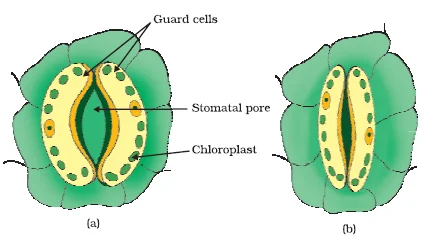![]() 19 Dec 2023
19 Dec 2023
Approaches to Satisfying the Universal Need for Energy in Organisms
All living organisms share a common need for energy and materials, but they fulfill these requirements in diverse ways. Energy is obtained from external sources, and food serves as a crucial source for this purpose.
Diverse Nutritional Pathways: The Contrasts Between Autotrophs and Heterotrophs in Energy Acquisition
The steps of photosynthesis need not occur immediately in sequence. For example, desert plants take up carbon dioxide at night and prepare an intermediate, which is then acted upon by the energy absorbed by chlorophyll during the day.
Photosynthesis and the Vital Role of Chloroplasts in Carbohydrate Synthesis

6CO2 + 12H2O ChlorophyllSunlight C6H12O6 + 6O2 + 6H2O
The Role of Stomata in Carbon Dioxide Uptake and Gaseous Exchange in Photosynthesis

Raw Materials for Autotrophs
Nutritional Strategies: Adaptations, Variances, and Specializations in the Heterotrophic World

Journey of Sustenance: The Alimentary Canal and the Intricacies of Food Processing

Peristaltic Movements and Gastric Digestion
Stomach to Small Intestine Transition
Small Intestine’s Role in Carbohydrate, Protein, and Fat Digestion, Enhanced by Liver, Pancreas, and Villi Collaboration
Dental caries
Dental caries or tooth decay causes gradual softening of enamel and dentine. It begins when bacteria acting on sugars produce acids that softens or demineralises the enamel. Masses of bacterial cells together with food particles stick to the teeth to form dental plaque. Saliva cannot reach the tooth surface to neutralise the acid as plaque covers the teeth. Brushing the teeth after eating removes the plaque before the bacteria produce acids. If untreated, microorganisms may invade the pulp, causing inflammation and infection.
Large Intestine and Waste Elimination
Human Respiratory System
The Human Respiratory Mechanism and the Intricacies of Gas Exchange in the Alveoli

<div class="new-fform">
</div>